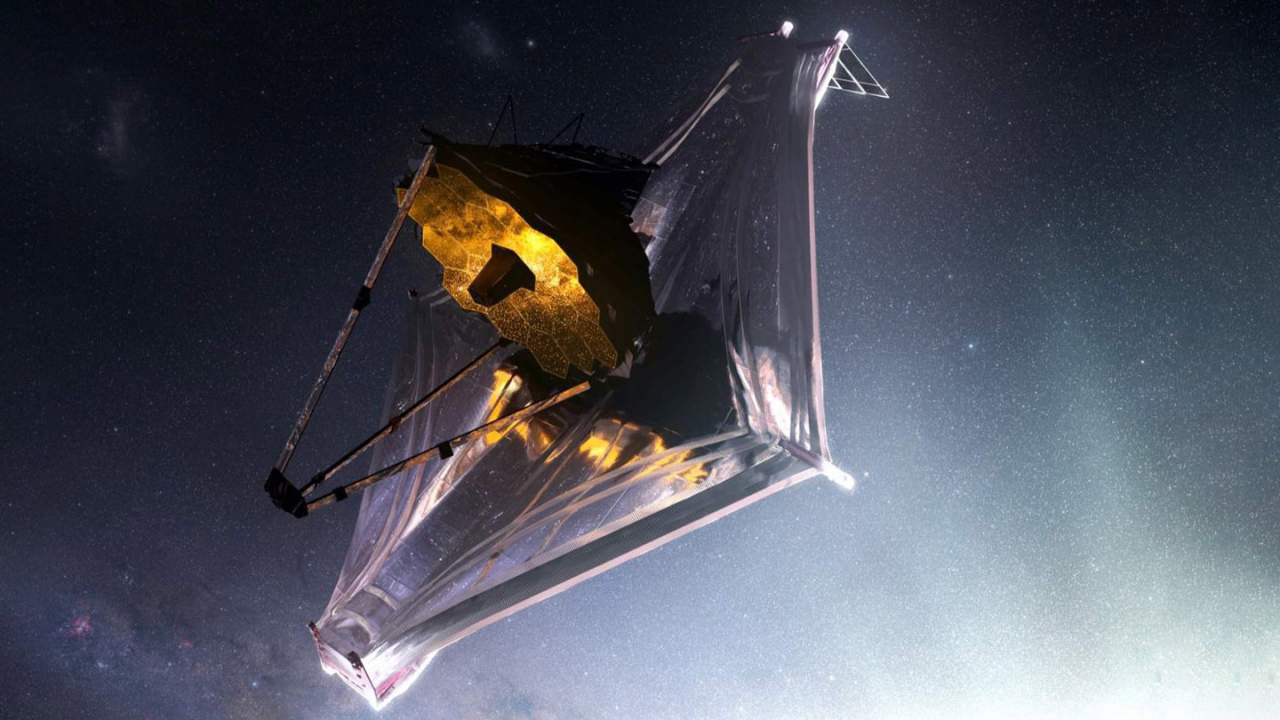The James Webb Space Telescope, recently launched by NASA, a European space agency, and the Canadian Space Agency, is an extraordinary piece of kit. According to NASA, his origami-style construction includes a mirror consisting of 18 segments made of beryllia ultra-light. It has a large sunlight of the size of a tennis court consisting of five layers to keep the telescope safe from the intense heat heat. And it is armed with four instruments, both cameras and spectrometers, which are very sensitive and can take vague signals from space. They work in infrared wavelengths, allowing telescopes to peek through the dust clouds that will obscure their views if they look at the visible wavelength.
Finding a new Earth
One of the most interesting topics in astronomy today is a planetary search outside our solar system, which is called exoplanets. It is difficult to detect the planet because it is much smaller and less bright than stars, but using several ingenious methods of astronomers can identify more than 4,000 of these exoplanets to date.
However, we don’t know much about these planets. Usually, you might only tell the estimated size or mass of the planet, and maybe how far from the star orbit it. It is amazing for information from other star systems, and can tell you if the planet is rocky, like Earth or Mars, or gas giants, such as Jupiter and Saturn. But beyond that, we don’t know much about these planets. Are they covered in water? Do they have a thick atmosphere? Maybe humans can survive there? We just don’t know.
Looking back in time
Other amazing abilities James Webb will have to look back at some of the earliest galaxies, which are like peering into the past. It works because light takes time to travel, so when you see something very, very far, it takes time so that the light is traveling between it and you. As a result, you see a remote object like in the past. James Webb will see some of the farthest galaxies that have been observed, seeing them when the universe is still very young. As a result, we will be able to look back to several youngest phases of the universe.
And frankly very cool, very helpful to see very old galaxies because they are different from the younger galaxies we see closer to us. According to NASA, older galaxies tend to be smaller and clot than younger colleagues, with stars born in an intense activity bag. Over time, this clot of small galaxies spread and even out to the type of galaxy we see more general today, but astronomers are still not sure how this happens. Using James Webb to observe this initial galaxy will help them fill some empty parts.

